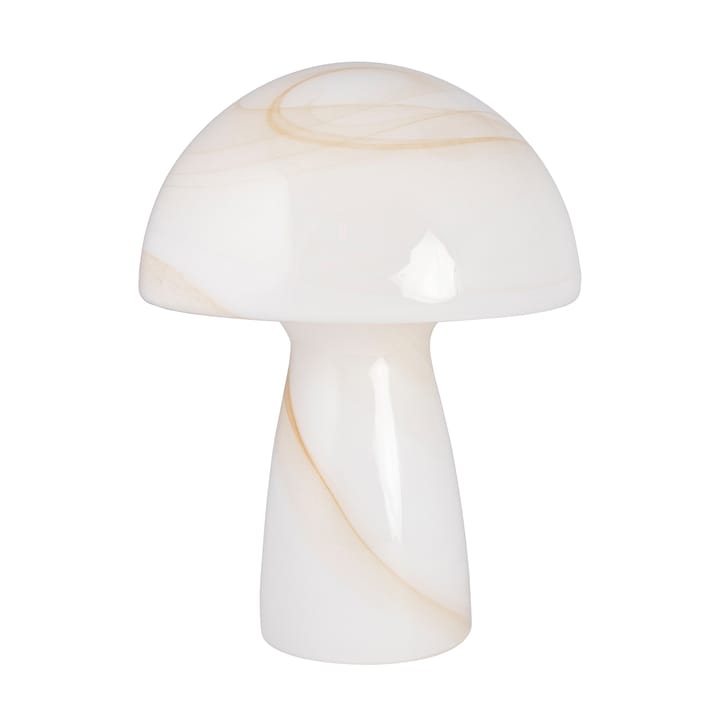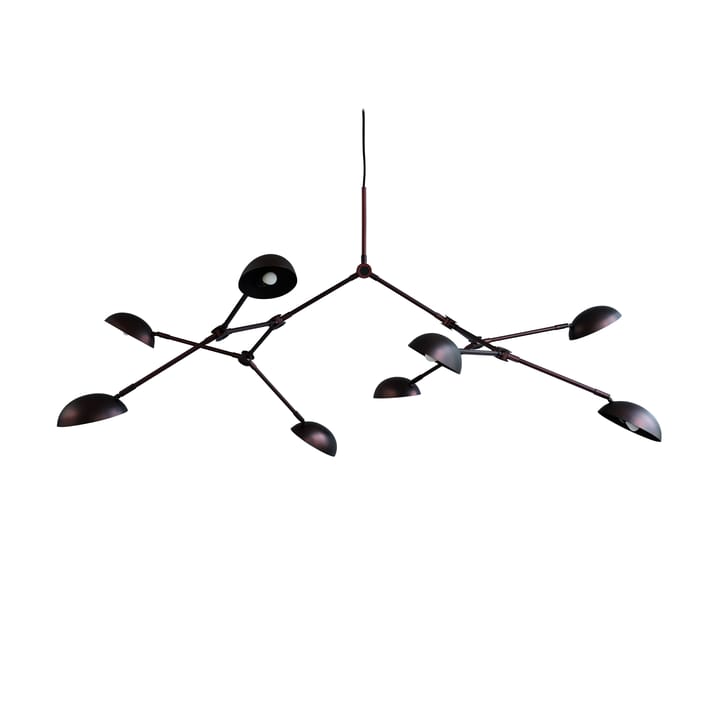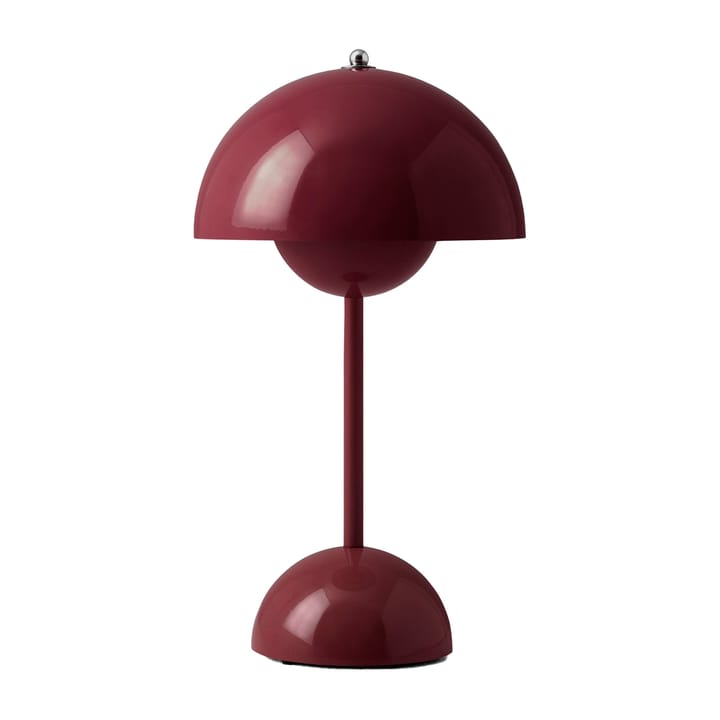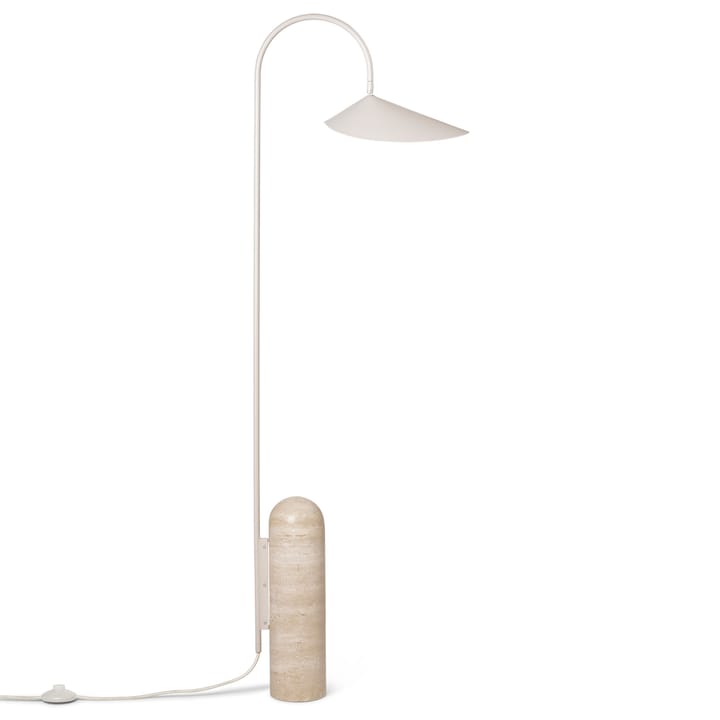FREE SHIPPING FOR ORDERS OVER $199
60 DAYS RETURN POLICY
5% OFF FOR NEWSLETTER-SIGN UP
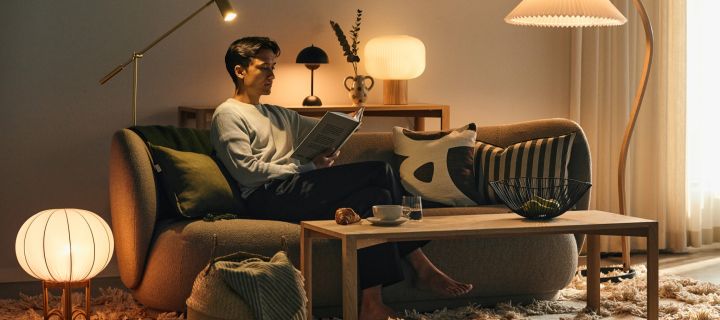
Choosing the right light bulb – colour temperature & lumen
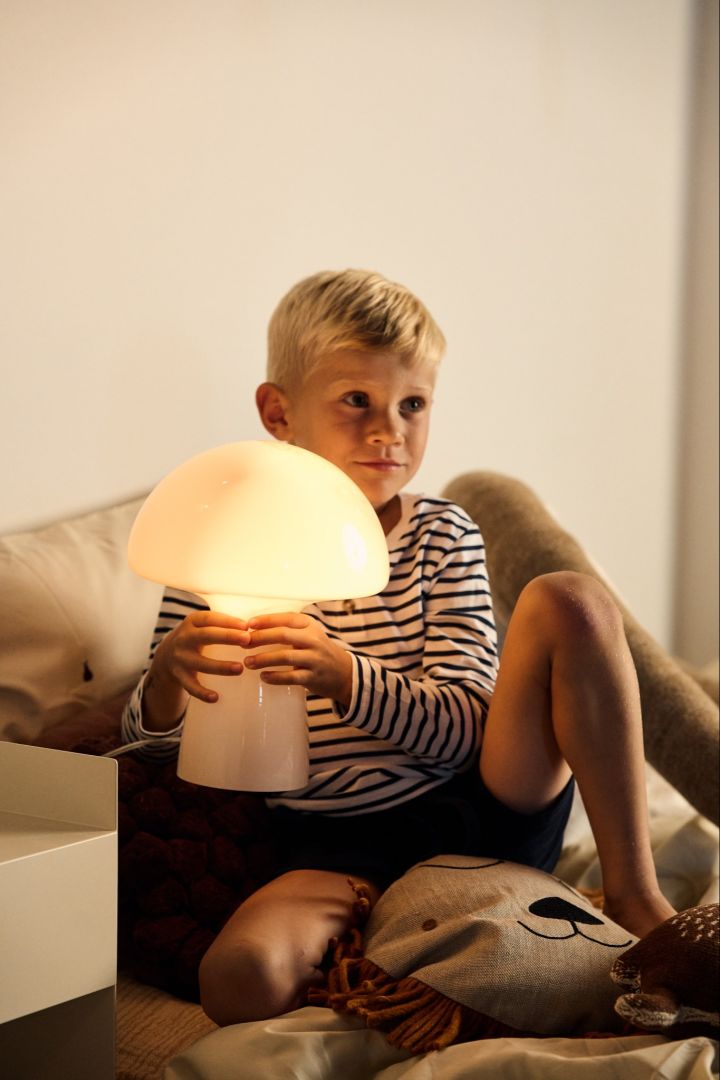
The colour temperature of a bulb is measured in Kelvin. For a warmer, more atmospheric glow, you should have a lower Kelvin degree between 2200K - 2500K.
WHAT IS THE KELVIN SCALE?
Colour temperature is measured in kelvin and indicates the colour of the light emitted from a light bulb, whether it is warm or cold light. Which colour temperature you choose has a direct effect on the feeling in a room, it is therefore worth learning more about the Kelvin Scale. Did you know, for example, that you should invest in a light bulb with 2700K - 3000K if you want a warm white and versatile light in your home? The colour temperature determines how the eye perceives white light. A high Kelvin number means a colder light, while a lower number gives a warmer and more atmospheric glow.
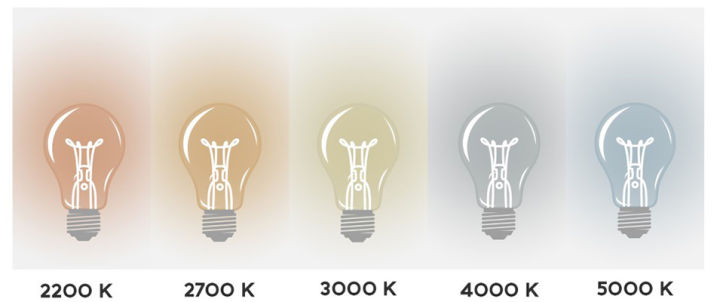
The Kelvin scale – the colour temperature of a bulb is important for the atmosphere in your home, and it is therefore worth to taking an extra look at before you choose a light bulb.
WHICH COLOUR TEMPERATURE SHOULD I CHOOSE?
When choosing a colour temperature, the function of the lamp is a great place to start. A functional light, for example, requires a higher colour temperature, while the optimal mood lighting has a lower temperature grade. The most common colour temperatures you may encounter when choosing a light bulb are listed below:
2200K-2500K: A very warm light with an almost pink tone. This type of light works very well for mood lighting but might be perceived as too warm for general lighting. Candles, for example, have a Kelvin temperature of around 2200K, which is also the temperature that gives off the cosiest light in a room.
2700K–3000K: A warm, pleasant light that has a yellowish tone. Light sources within this temperature range are well suited for functional and general lighting in most rooms such as kitchens, halls and living rooms.
4000K: A neutral, crisp light that mimics daylight. This light works very well for functional lighting such as a table lamp in the home office or for a makeup lamp in the bathroom. This colour temperature can be experienced as cold and blue in a home environment and is not the right temperature if you want a cosier atmosphere.
5600K: A neutral light with the same temperature as daylight. In a home environment, however, this light is very cold and is therefore rarely used in light sources in the home. However, it is a common colour temperature in public environments such as workplaces and shops.
One tip is to make sure you have a variety of light sources with different colour temperatures, you will then be able to easily adapt the light to your needs. However, always remember to choose the same colour temperature for lamps that you plan to light at the same time as it will give the room a more uniform feeling.
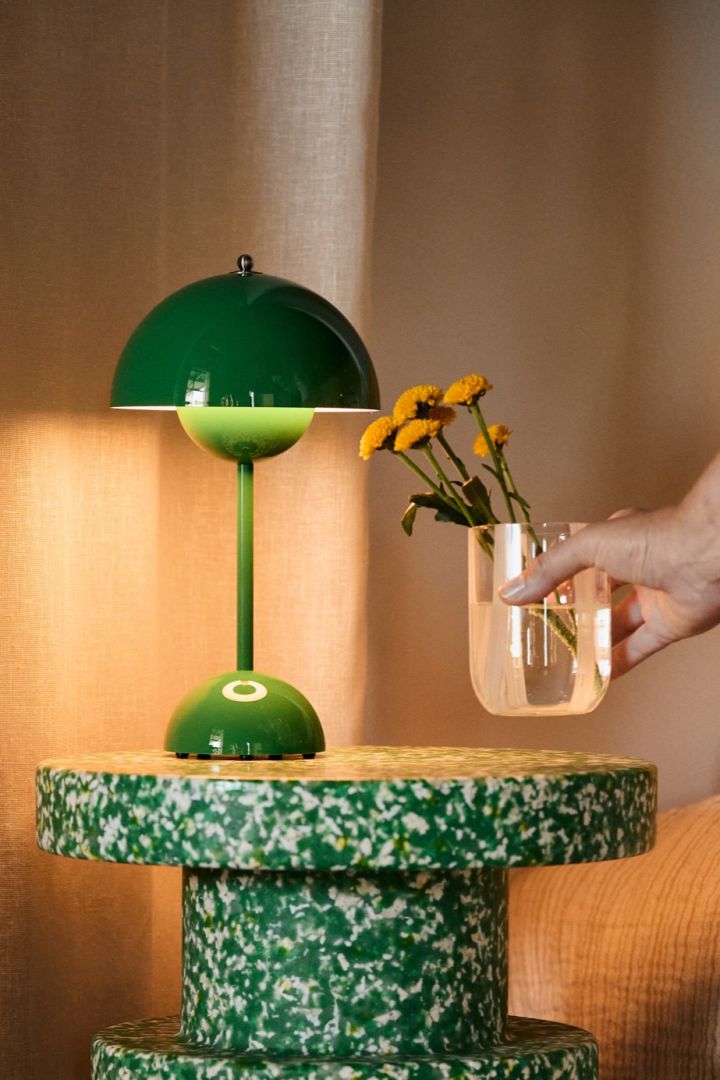
Flowerpot VP9 table lamp from &Tradition with 2700K.
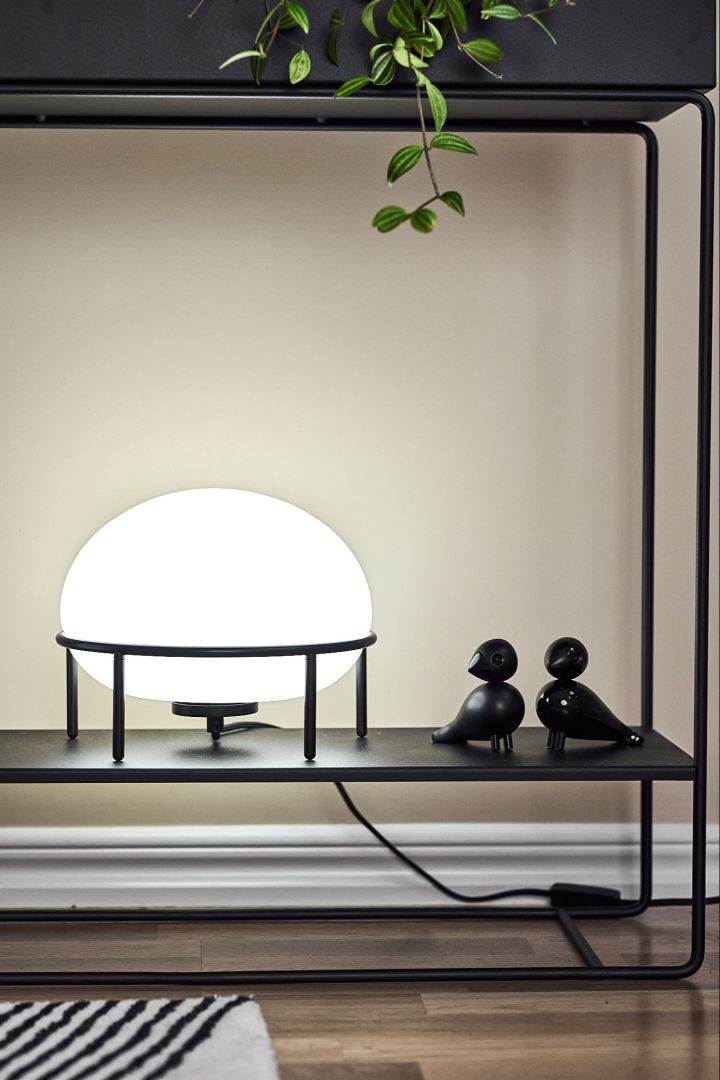
Do you want a white, cold light? Then you should go up to the Kelvin scale to 4000K, but our top tip is to combine this type of bulb with a lamp and a lampshade for a more diffused light. Here you see Pump table lamp from Woud.
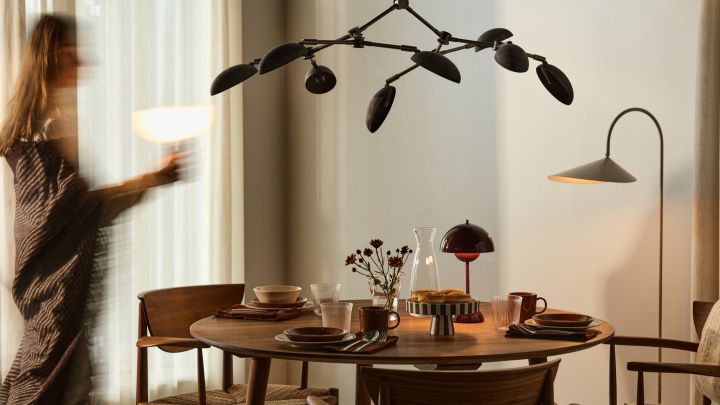
Tip: choose the same colour temperature for lamps you know will be lit at the same time - it gives the room a more uniform look and feel.
WHAT IS LUMEN?
Lumen describes the brightness of the bulb and is the new standard for light bulbs, mainly LED bulbs. Watt, which was previously used for older light bulbs, is often mistaken as a measure of brightness but is actually a measure of energy use. When LED lights entered the market, Lumen began to be used as a standard for brightness instead.
To put it simply, more lumen means more light. When choosing a light bulb for functional or general lighting, you should start with a bulb with a higher lumen, preferably between 400 - 806 lumens, but it is possible to go higher. Mood lighting, on the other hand, should have between 220 - 360 lumens for the ideal soft glow. Another tip for creating the perfect cosy atmosphere is to have more lamps with weaker lumens and have them lit at the same time.
- Functional lighting should have a lumen between 806 - 1520.
- General lighting should have between 400 - 470 lumens.
- Mood lighting should have between 220 - 360 lumens.
If the difference between watts and lumens feels confusing, here is a conversion table for the two concepts:
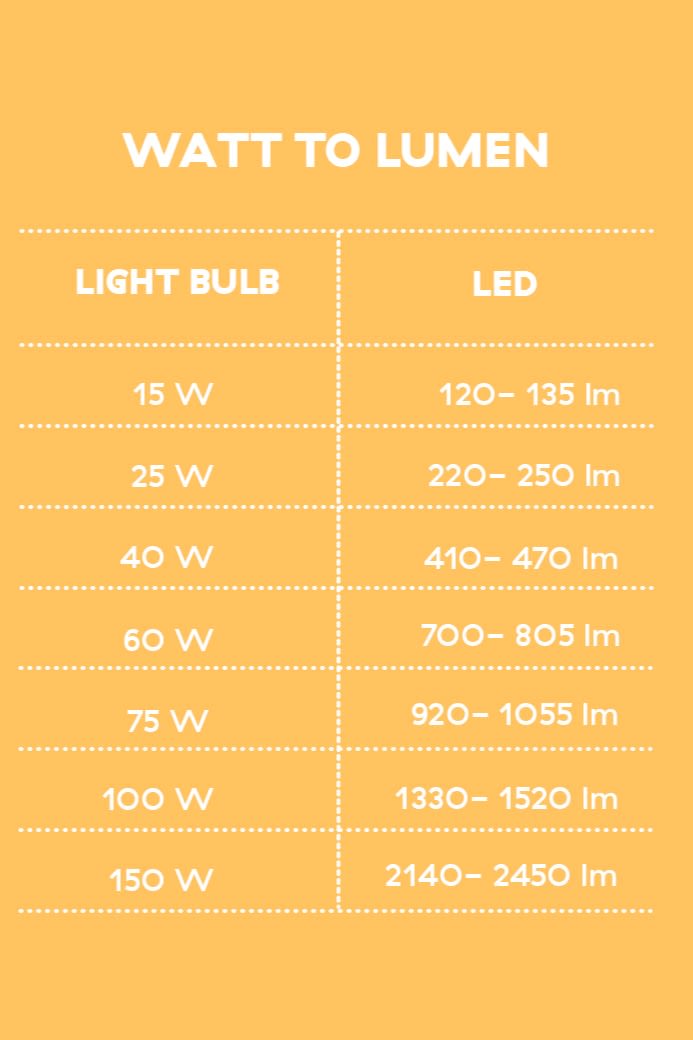
Do you find watts & lumens confusing? The lumen measures the brightness, so to put it simply a higher lumen number means more light.
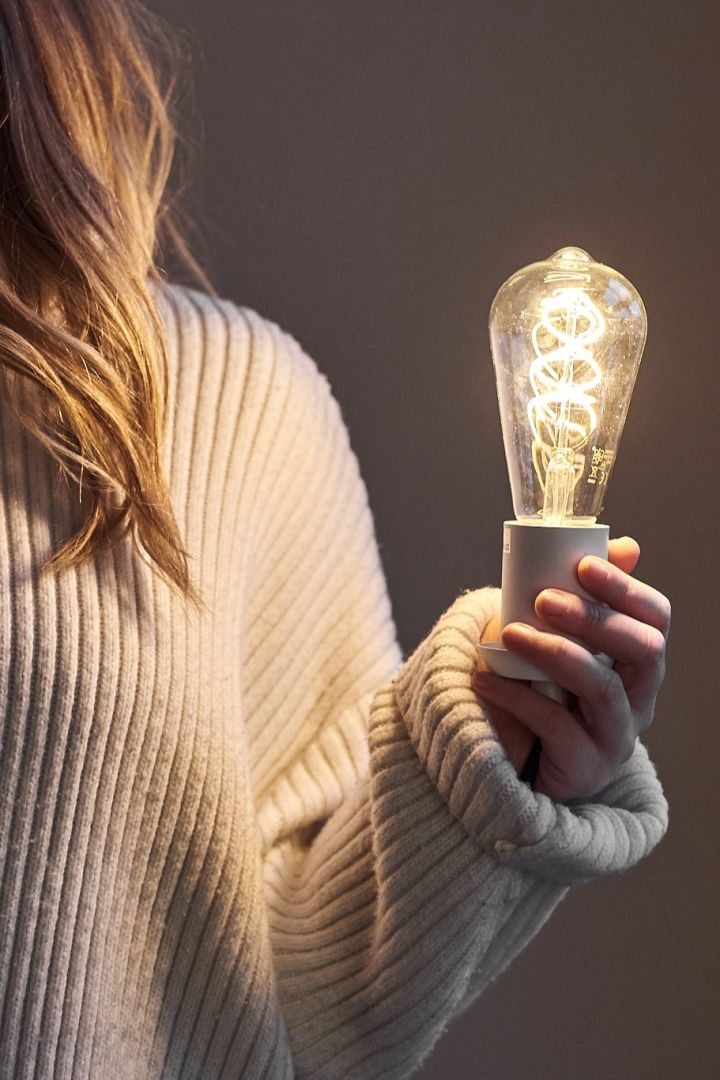
Choosing the right light source is not always easy but start with your home, your needs, and the atmosphere you want to create.
Regardless of which light source you choose, it is important that you find one that suits you and your home. We hope you are now ready to find the right bulb for your new lamp.
Styling: Lukas Kunwaryanto, Anna Magnusson Photography & illustrations: Angeliqa Daldorph
